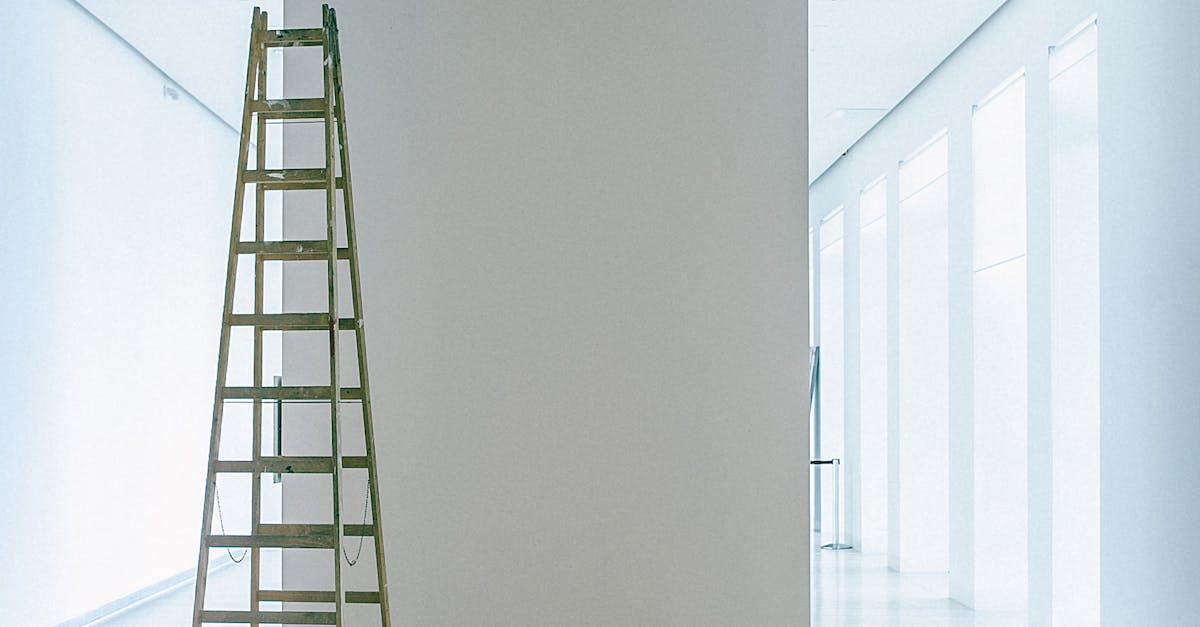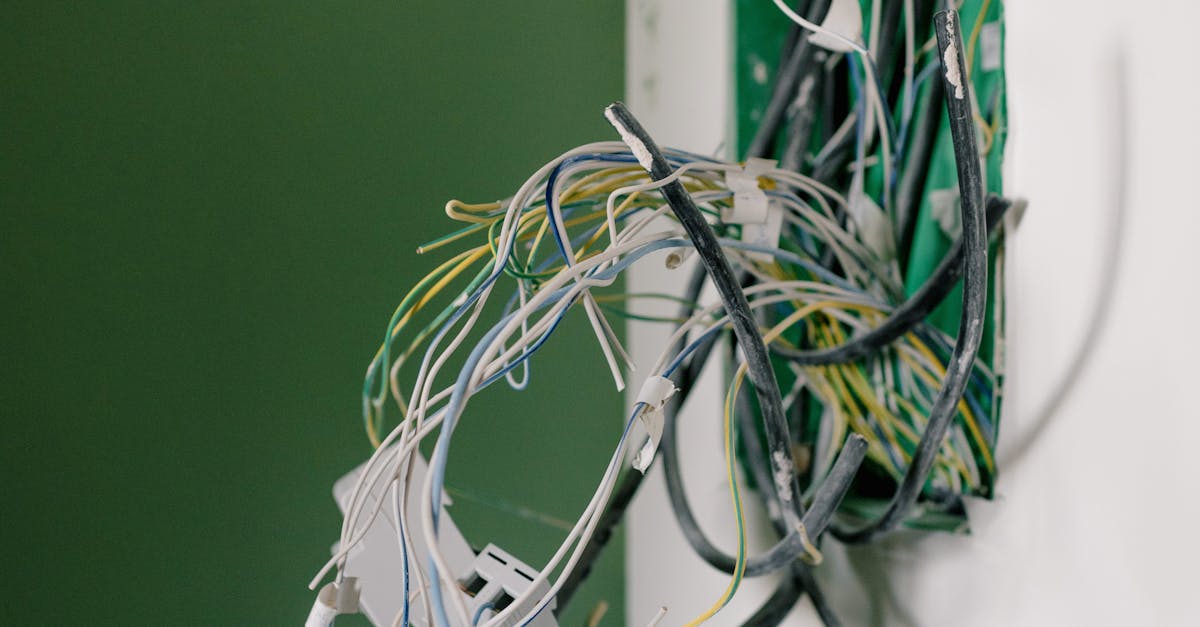
Table Of Contents
Testing the repaired sewer line
Testing the repaired sewer line is a crucial step in ensuring the effectiveness of the fix. It involves carefully examining the newly installed or repaired section to verify that it is working optimally. Sewer line installation and repair must undergo thorough testing to confirm that the issue has been addressed adequately. Various tests may be conducted, such as leak tests or camera inspections, to check for any remaining problems or potential weaknesses in the system. Additionally, pressure tests may be carried out to assess the integrity of the fix and ensure that the sewer system functions as intended. These tests are essential in preventing future issues and maintaining the efficiency of the underground sewer pipes.
Conducting comprehensive testing of the repaired sewer line provides assurance that the necessary repairs have been successful. By evaluating the repaired section thoroughly, any overlooked issues can be identified and rectified promptly. The integrity of the sewer system is vital for its proper functioning and longevity. Therefore, conducting rigorous tests post-repair is essential to ensure that the sewer line operates efficiently and effectively. Proper testing not only confirms the success of the repair but also helps in maintaining the overall health of the underground sewer infrastructure.
Conducting pressure tests to ensure the integrity of the fix
Once the repair work on a broken sewer pipe underground has been completed, it is crucial to conduct thorough pressure tests to verify the integrity of the fix. These tests are essential to ensure that the repaired sewer line can withstand the normal flow and pressure of wastewater without any leaks or weaknesses. By subjecting the repaired section of the sewer pipe to rigorous pressure tests, plumbers can identify any potential issues and address them before the system is put back into operation.
Pressure tests involve pressurising the sewer line installation and repair to a specific level and monitoring for any drop in pressure over a set period. Pressure gauges and monitoring equipment are used to detect even the slightest fluctuations, helping to pinpoint any leaks or weak points in the system. Conducting these tests is a critical step in the repair process, as it provides assurance that the fix is solid and that the sewer line will function effectively once it is back in service.
Backfilling and restoring the excavation site
After the sewer pipe repair has been completed and the new section installed underground, the next crucial step is backfilling and restoring the excavation site. This process involves carefully filling the trench with the appropriate materials to provide stability and support to the newly repaired sewer line. The backfilling material must be compacted in layers to prevent settlement issues that could disrupt the flow within the sewer line.
Once the trench has been adequately filled and compacted, the restoration of the excavation site can begin. This phase involves returning the area to its original state as much as possible by replacing any removed landscaping, pavement, or structures. It is essential to ensure that the restored area is safe, level, and free from any potential hazards. Sewer line installation and repair projects are not considered complete until the excavation site has been fully restored to its pre-dig condition.
Filling the trench and returning the area to its original state
After the repairing and testing phases have been completed, the final step involves filling the trench and restoring the area to its original condition. This step is crucial in ensuring that the property is left in the same state as before the sewer line repair, with minimal disruption to the surroundings. The excavation site must be carefully backfilled using the appropriate materials to ensure stability and support for the newly repaired sewer line. Any excess soil or debris should be removed, and the surface should be leveled to match the surrounding landscape. This process requires attention to detail and precision to guarantee a seamless transition from repair to restoration.
Sewer line installation and repair projects often involve significant excavation and disturbance to the property. Therefore, returning the area to its original state is a critical part of the process. The restoration phase includes not only filling the trench but also ensuring that any landscaping or structures affected by the repair are reinstated. By adhering to best practices and regulations during the filling and restoration process, the integrity of the repair work is maintained, and the property is returned to its original state with minimal impact.
Preventing future sewer pipe breaks
Preventing future sewer pipe breaks is crucial to maintaining the functionality of your sewer system. Sewer line installation and repair experts recommend implementing preventive maintenance measures as a proactive approach. Regular inspections by professionals can help identify potential issues early on, allowing for timely repairs before they escalate into major problems. Additionally, following proper disposal practices by refraining from flushing non-biodegradable items down the drain can significantly reduce the risk of blockages and subsequently prevent sewer pipe breaks.
Moreover, conducting routine checks on your sewer system can aid in detecting any signs of wear and tear, enabling you to address them promptly. Implementing best practices such as avoiding planting trees near sewer lines and ensuring proper installation of pipes can further minimise the likelihood of future sewer pipe breaks. By staying vigilant and taking proactive steps to maintain your sewer system, you can prolong its lifespan and prevent costly repairs down the line.
Implementing preventive maintenance measures to avoid future issues
Regular maintenance is crucial in preventing sewer pipe breaks in the future. Implementing preventive maintenance measures can help extend the lifespan of sewer lines and reduce the occurrence of costly repairs. By scheduling routine inspections and maintenance checks, any potential issues can be identified early on before they escalate into bigger problems. Sewer line installation and repair companies recommend conducting regular assessments to detect any signs of wear and tear in the pipes or surrounding areas.
Moreover, adopting proactive measures such as clearing debris and roots from the pipes, as well as monitoring water flow and pressure can significantly contribute to the prevention of sewer pipe breaks. Keeping detailed records of maintenance activities and observations can aid in tracking the condition of the sewer system over time. By investing in preventive maintenance, property owners can ensure the longevity and efficiency of their sewer lines, ultimately avoiding the inconvenience and cost associated with emergency repairs.
FAQS
How do you know if you have a broken sewer pipe underground?
Signs of a broken sewer pipe underground include foul odors, slow draining sinks, gurgling noises in the pipes, and sewage backups in your home or yard.
Can a broken sewer pipe be repaired without digging up the yard?
In some cases, trenchless repair methods such as pipe lining or pipe bursting can be used to fix a broken sewer pipe underground without the need for extensive excavation.
What are the common causes of sewer pipe breaks underground?
Common causes of sewer pipe breaks underground include tree root intrusion, corrosion, soil shifting, and poor installation or material quality.
How long does it take to fix a broken sewer pipe underground?
The time taken to fix a broken sewer pipe underground can vary depending on the extent of the damage, the repair method used, and the accessibility of the pipe. It can range from a few hours to a few days.
Is it necessary to hire a professional to fix a broken sewer pipe underground?
It is highly recommended to hire a professional plumber or sewer repair specialist to fix a broken sewer pipe underground as they have the expertise, equipment, and knowledge to properly diagnose and repair the issue.


